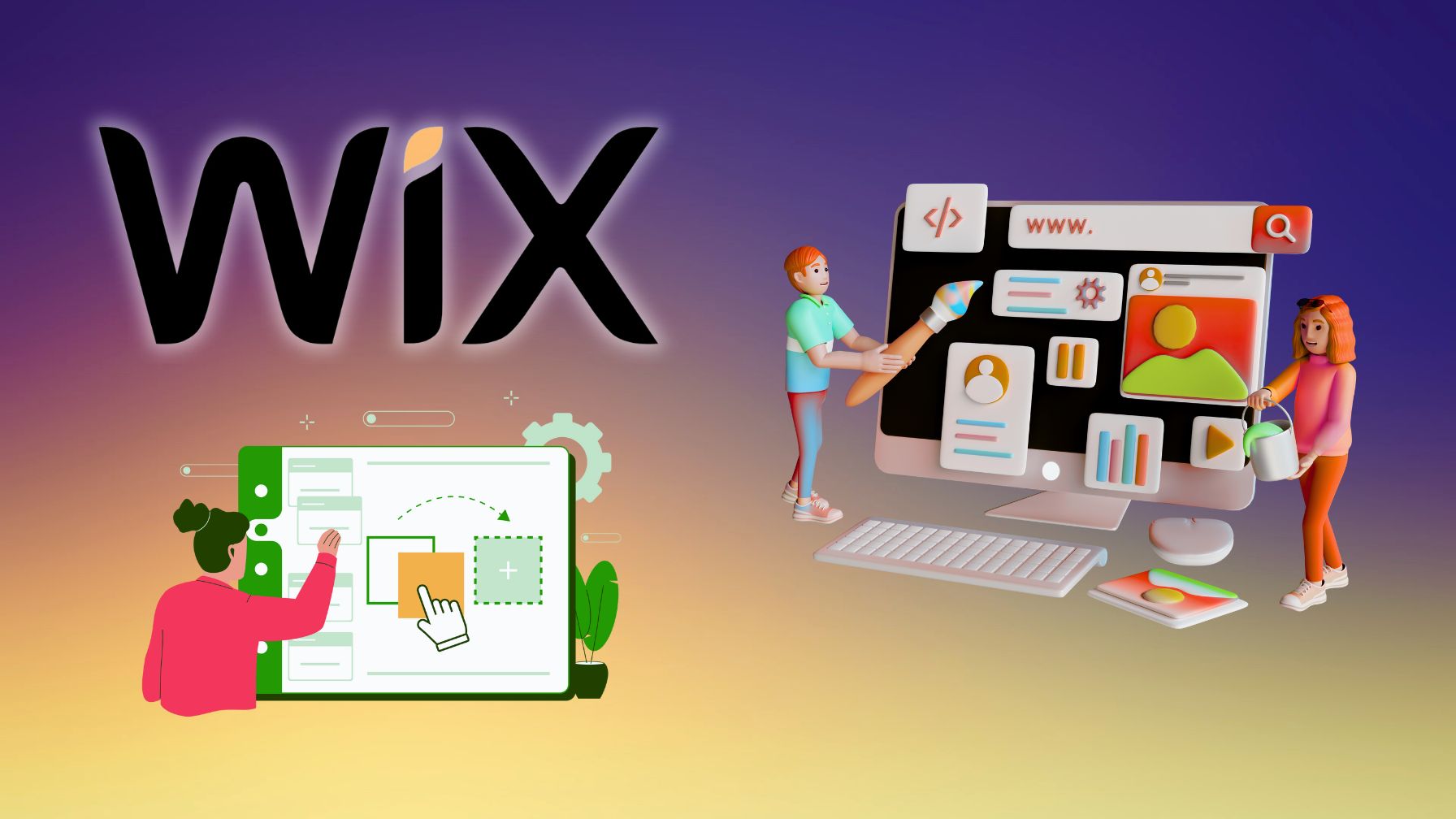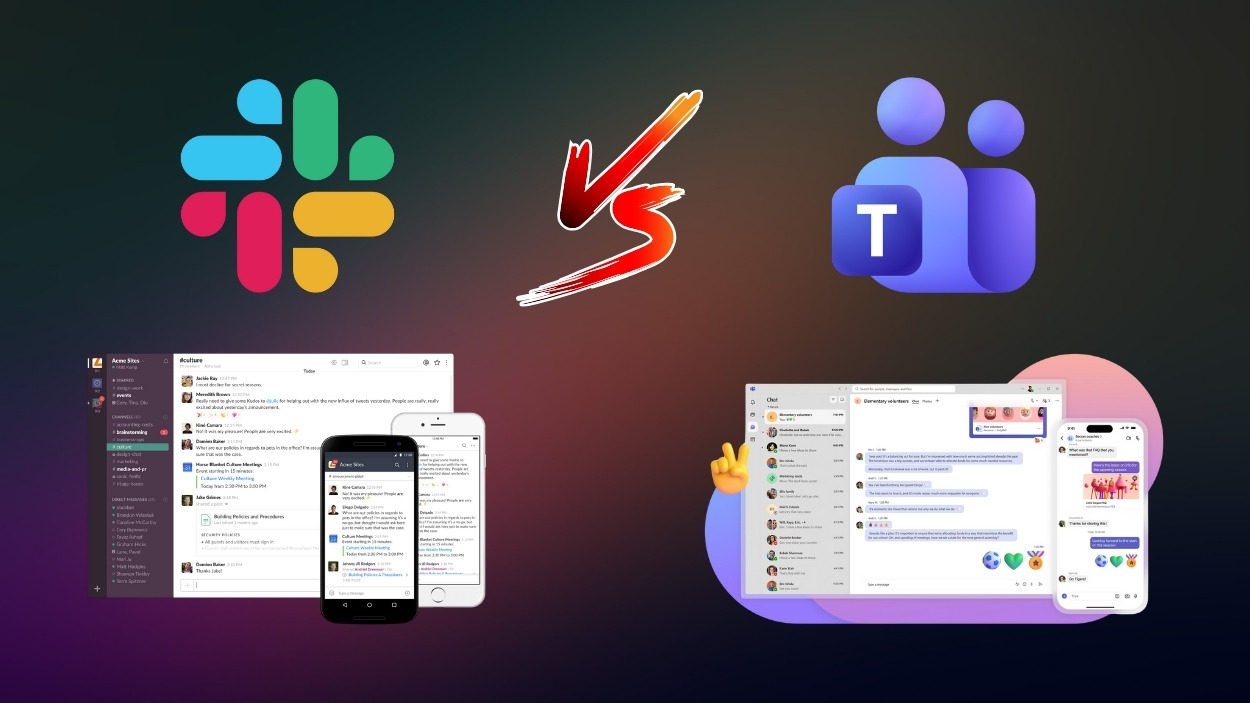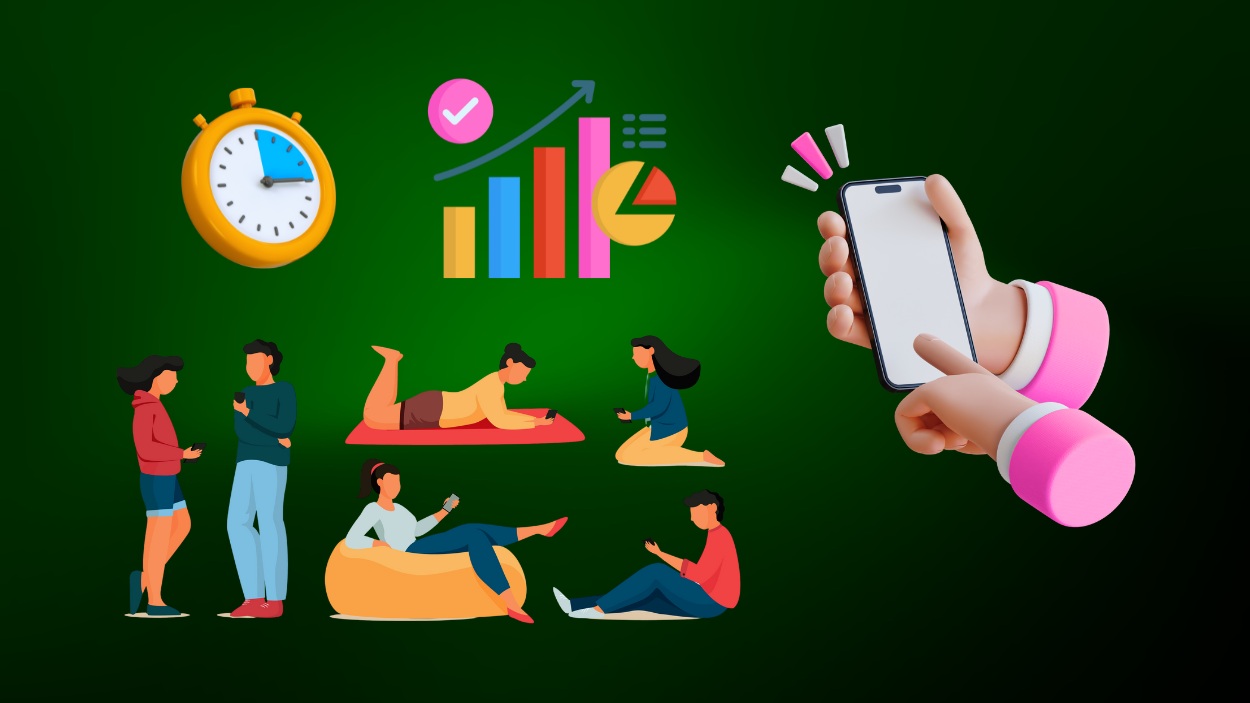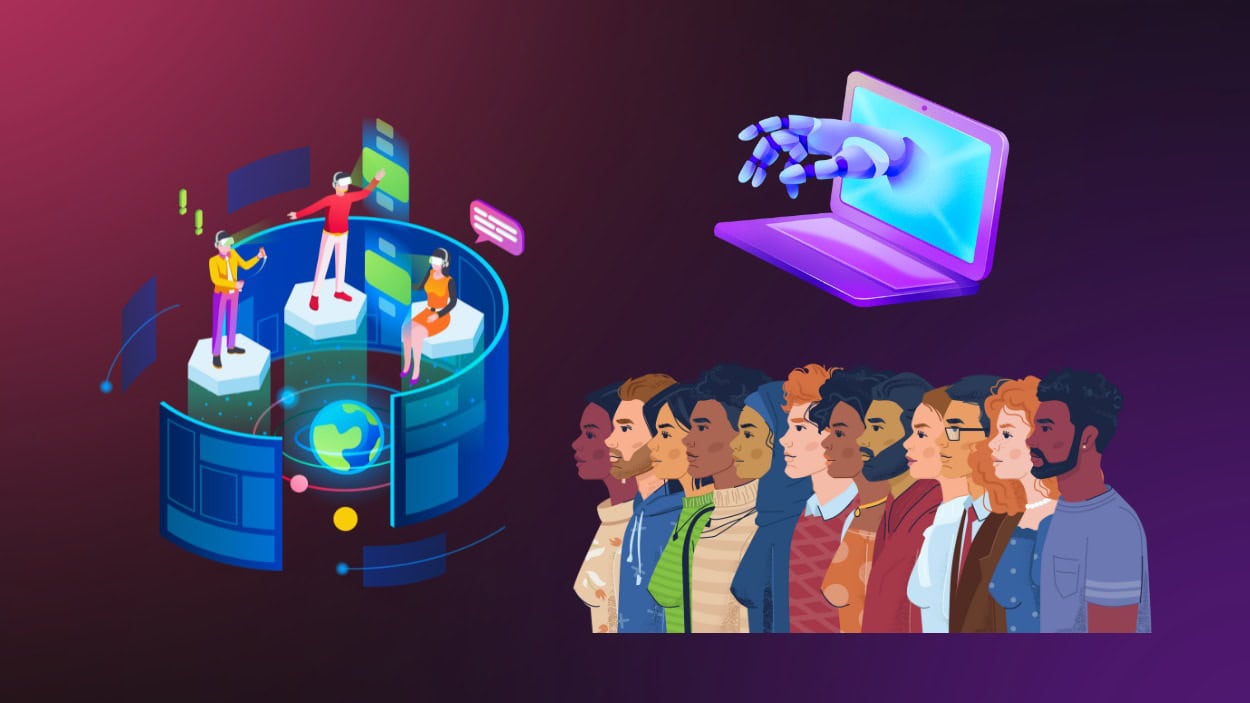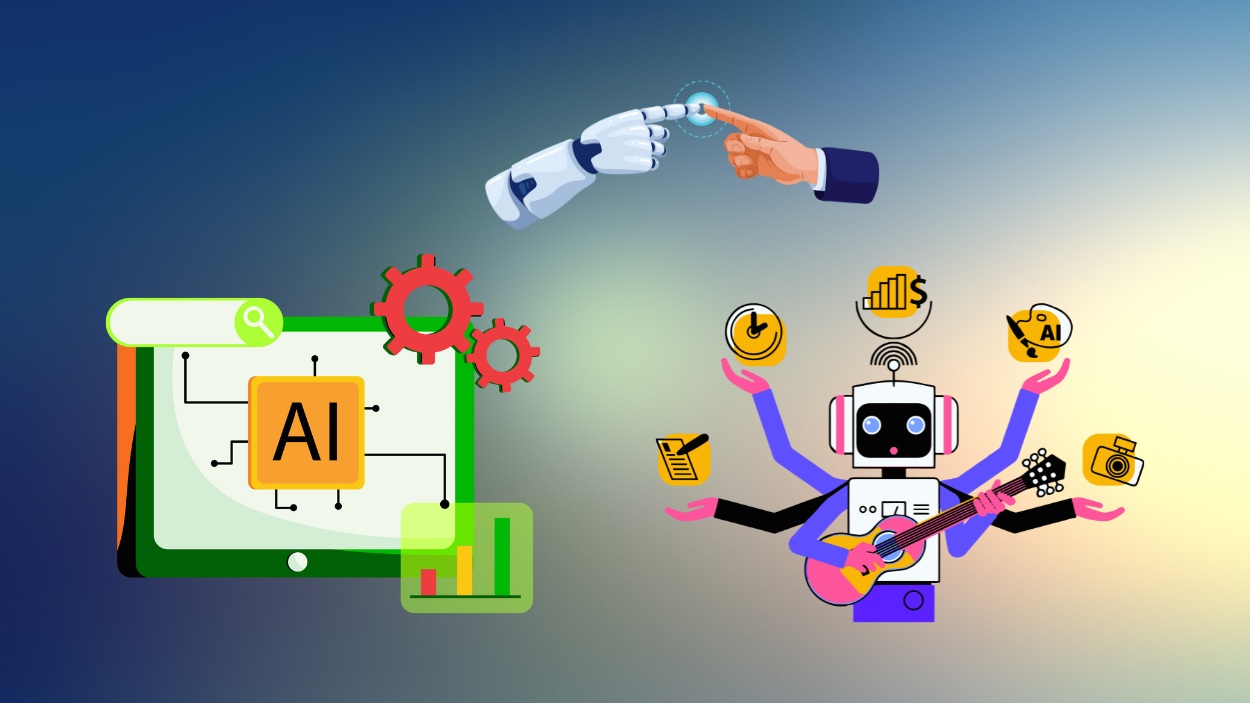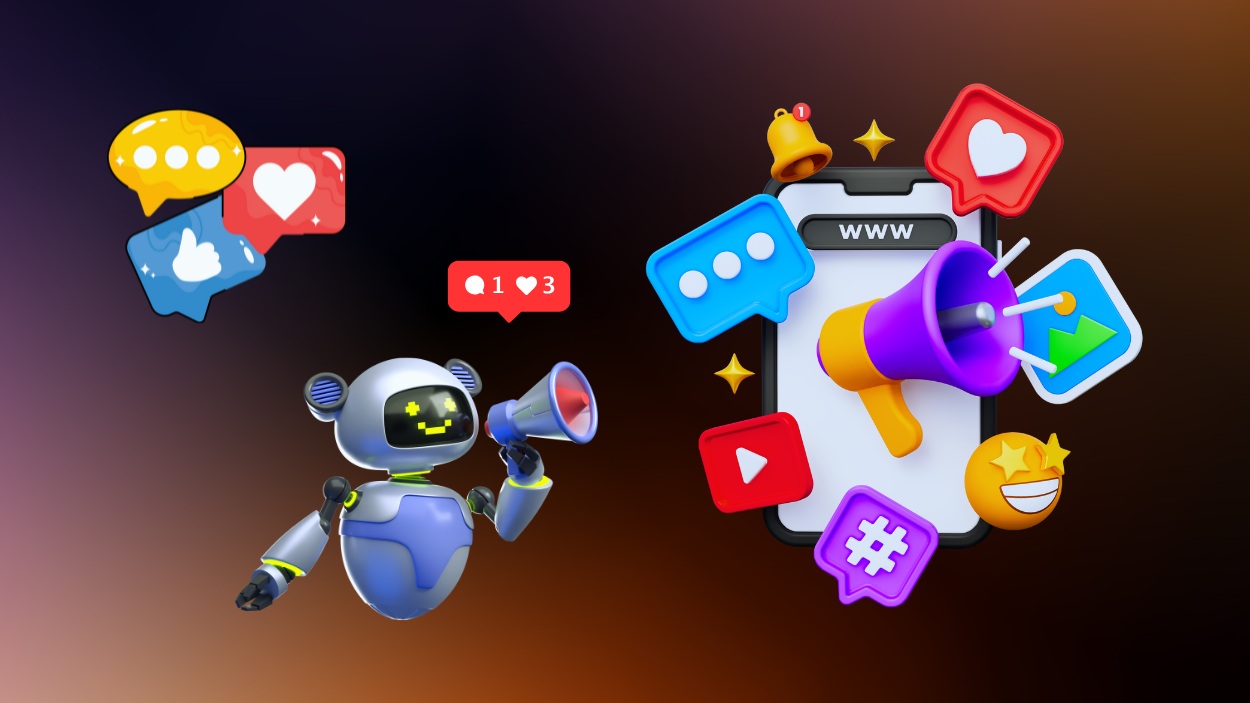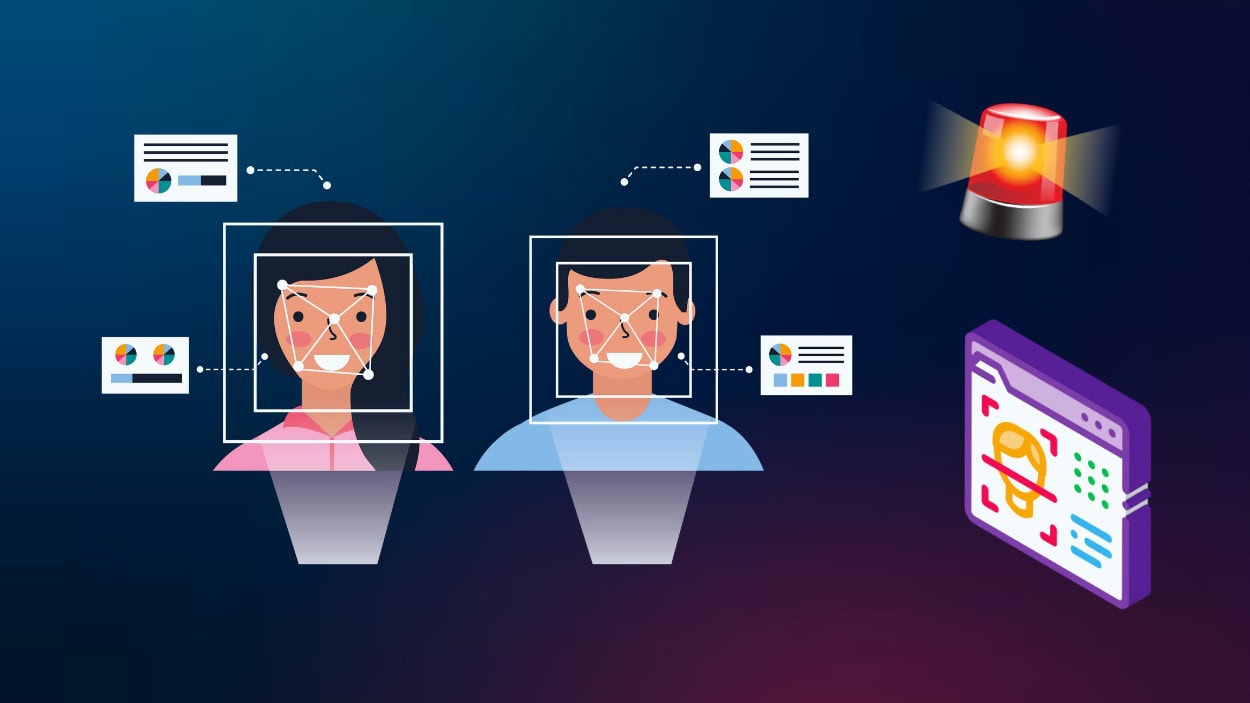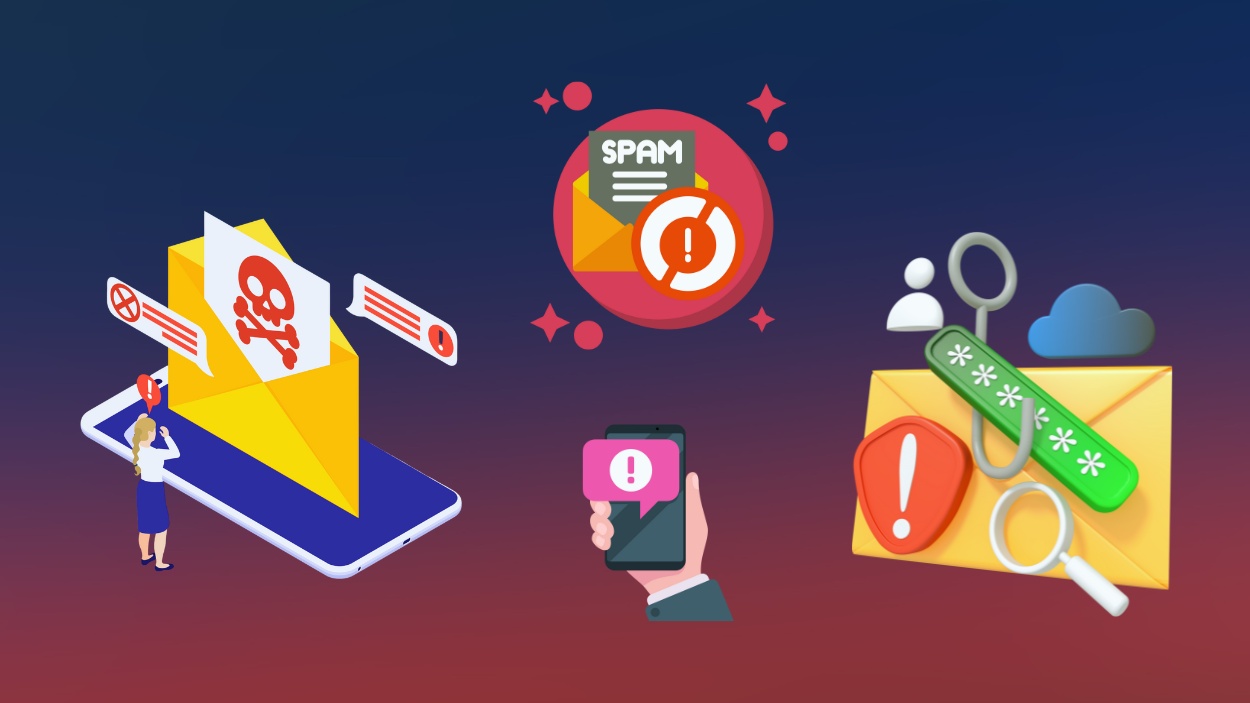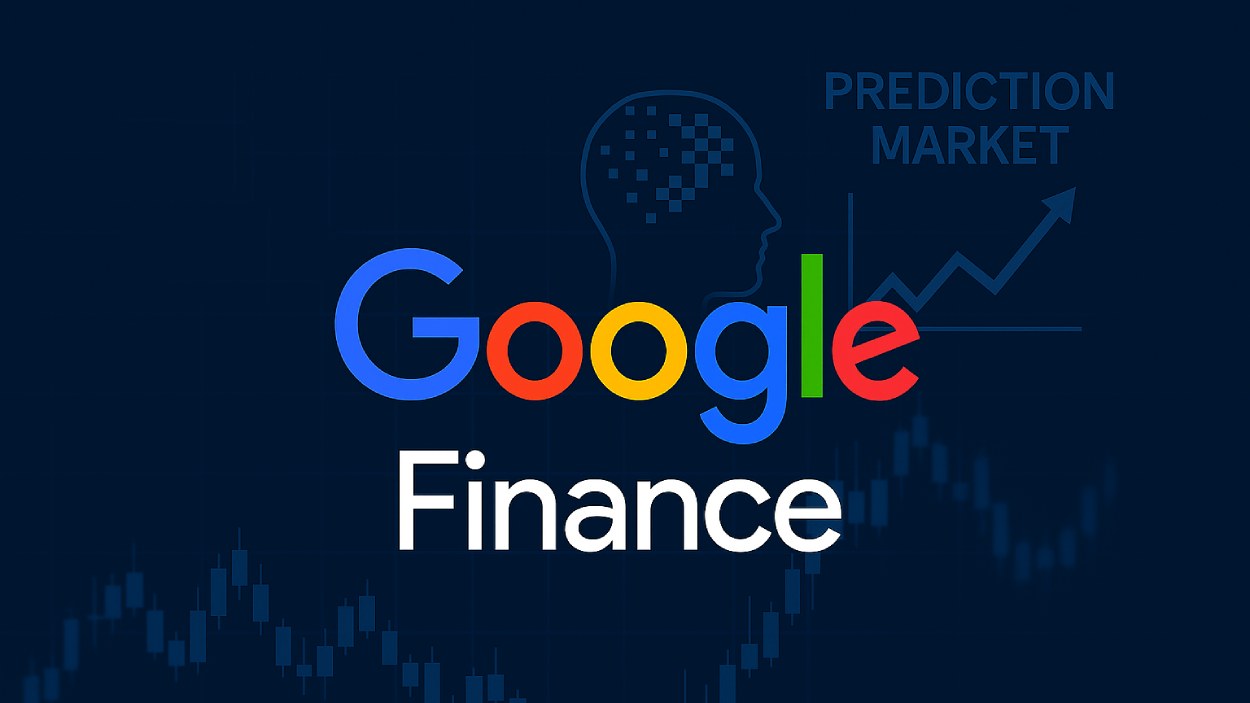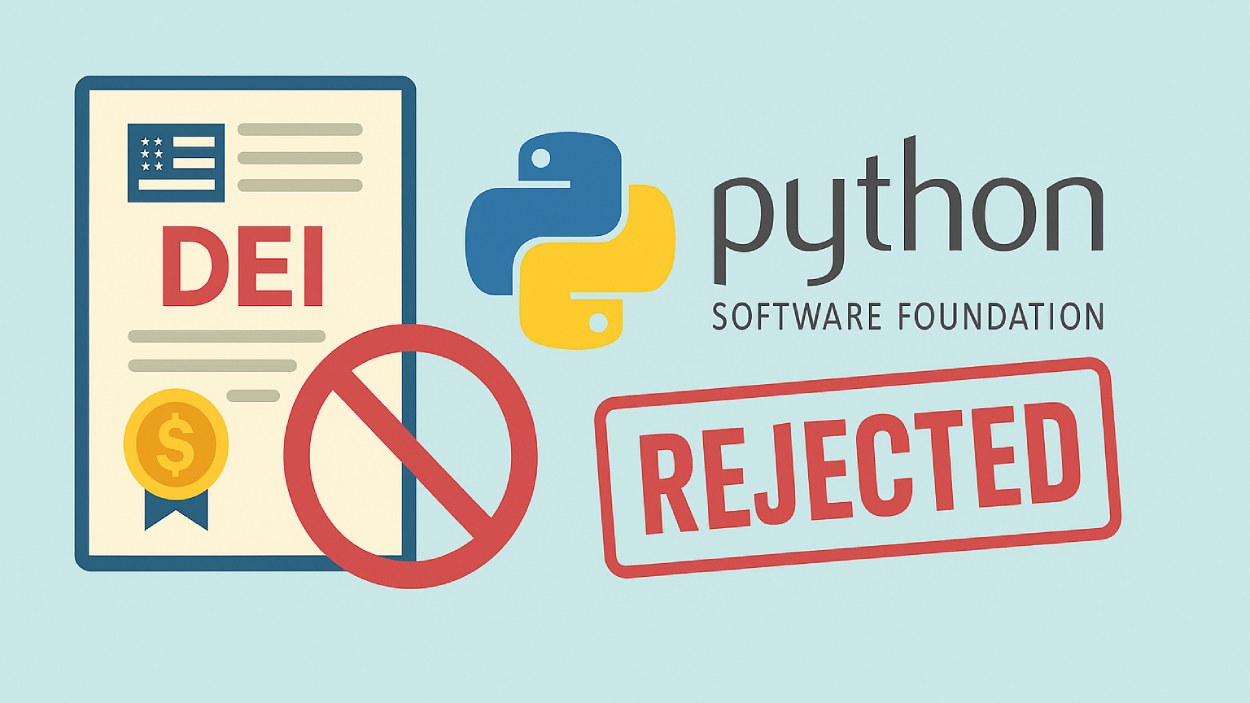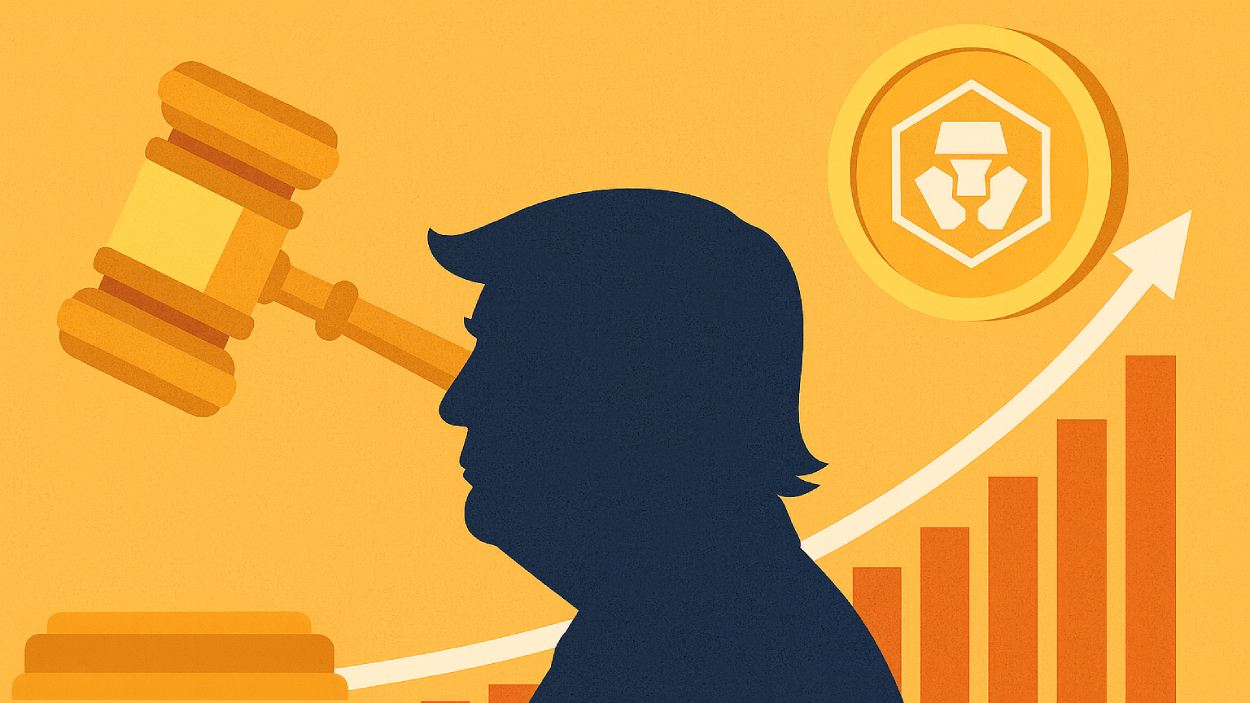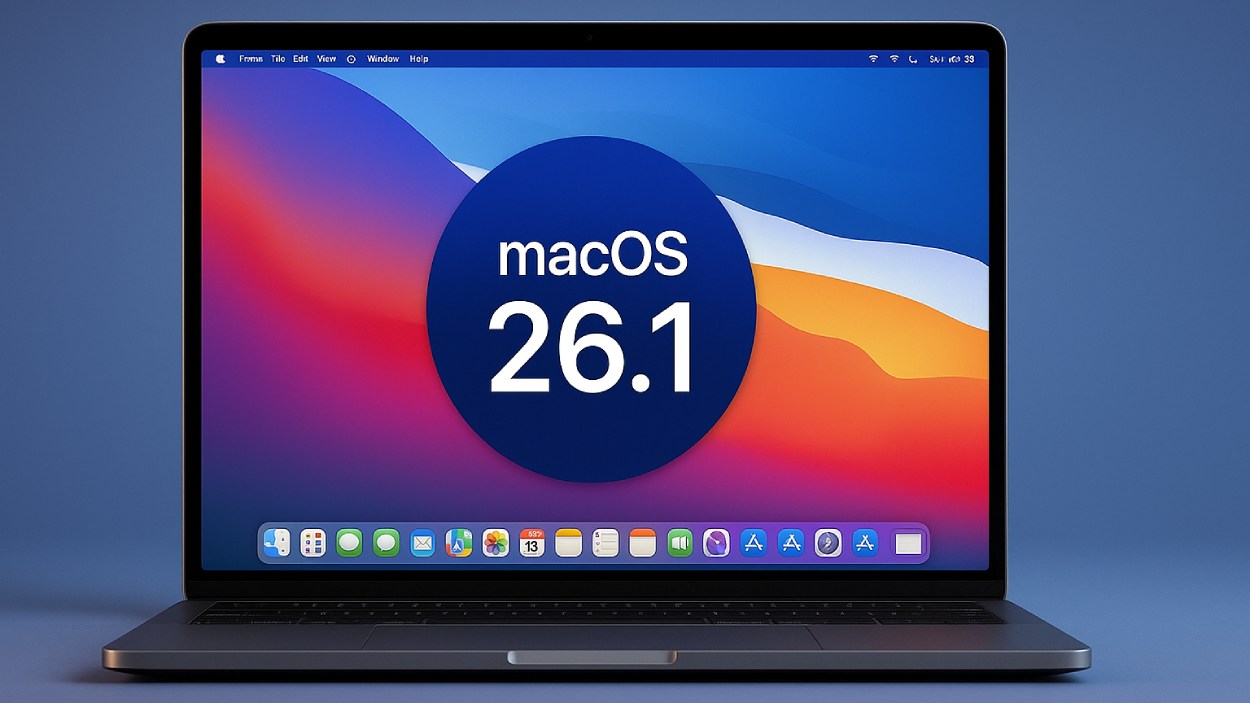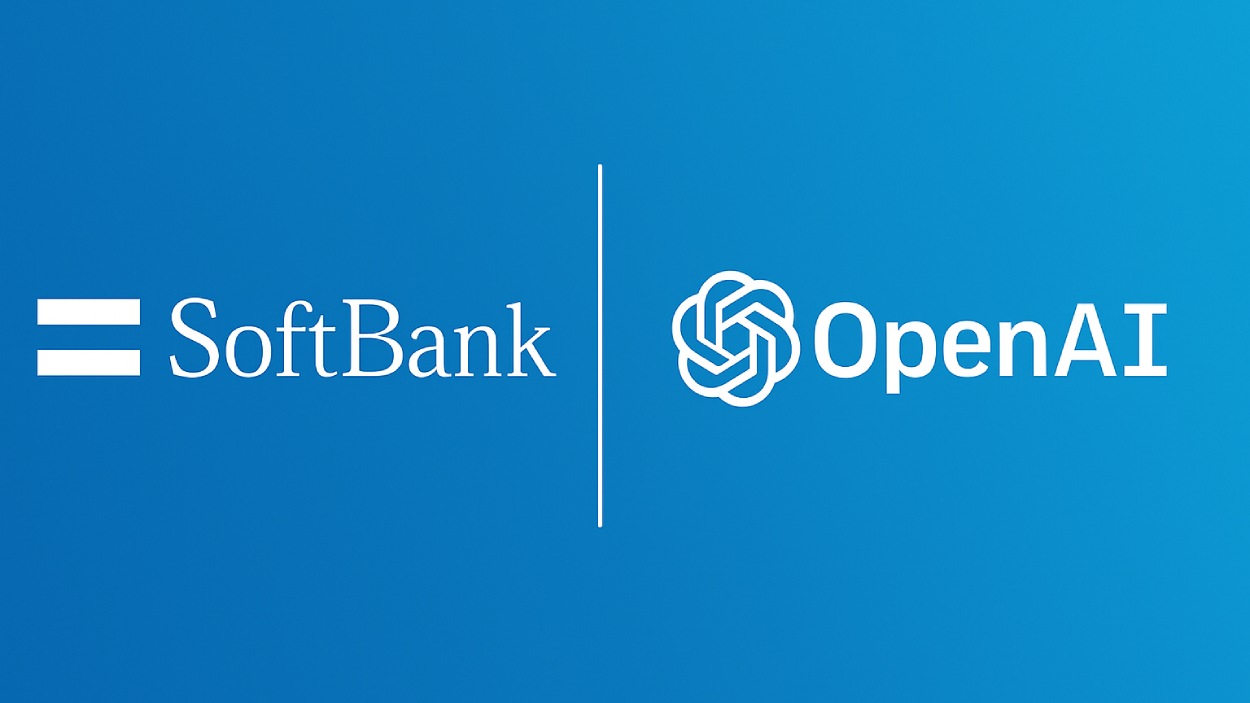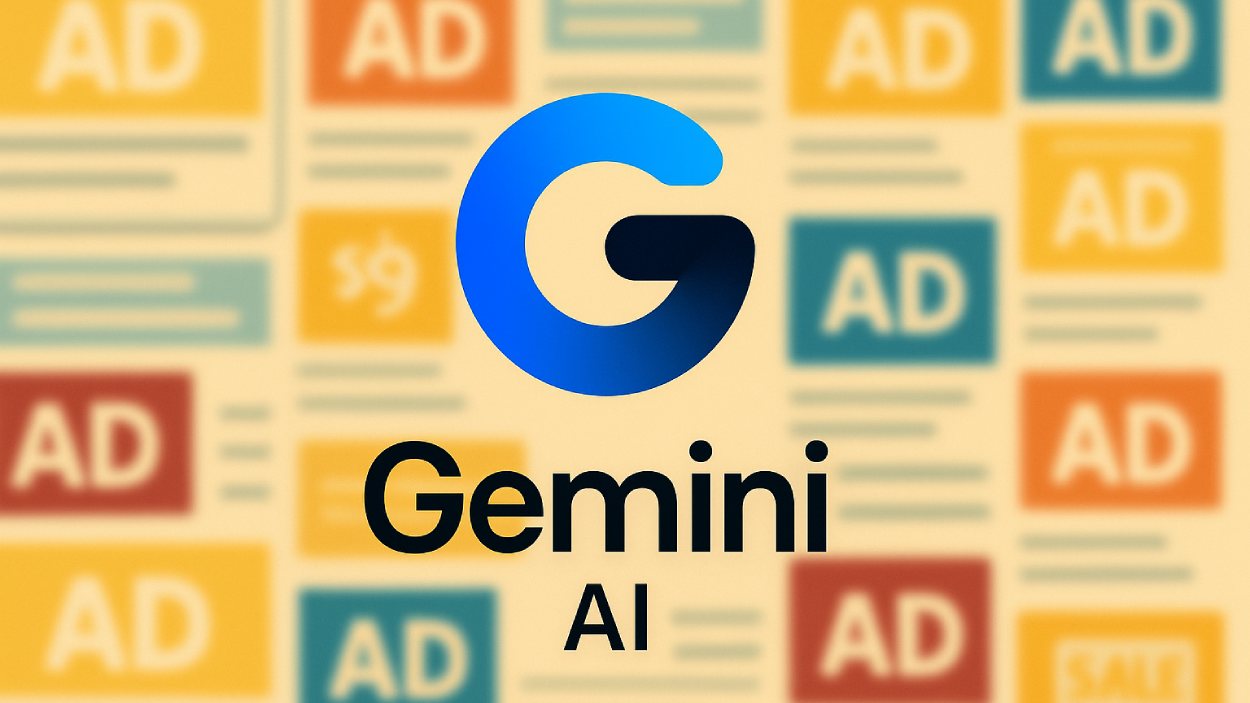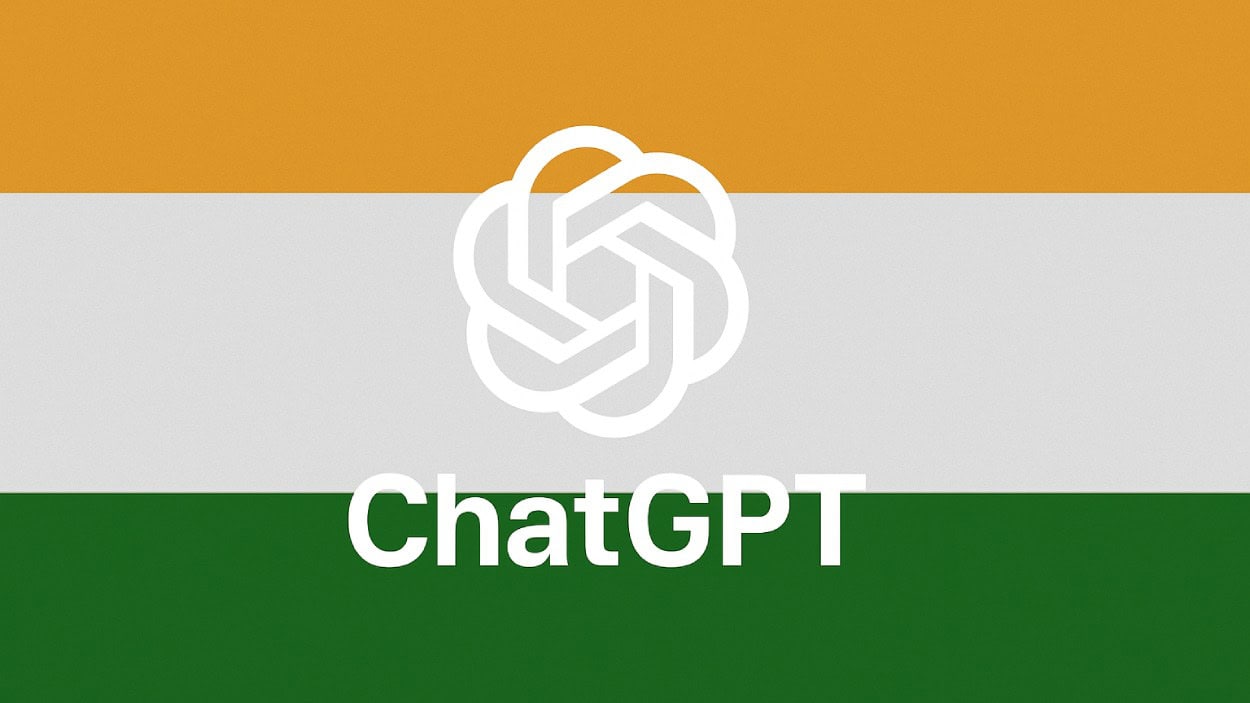In late 2024, when a major logistics firm in Ohio replaced its legacy routing software with a generative AI system, delivery efficiency improved by 32% within three weeks. That wasn’t just an isolated success; it was a glimpse into the future. By mid-2025, AI has evolved from a futuristic novelty into a practical force across industries, reshaping how people work, shop, learn, and even seek healthcare.
Whether you’re a business leader exploring automation or a curious consumer noticing smarter app suggestions, understanding AI usage trends in 2025 gives a vital perspective on where we are and where we’re headed.
Editor’s Choice
- 61% of global enterprises are currently using AI technologies in at least one business function in 2025.
- $394 billion is the projected global spending on AI systems in 2025.
- 72% of North American companies have adopted generative AI tools like ChatGPT and Gemini across marketing or customer service functions.
- The AI talent gap persists, with 67% of organizations citing “lack of skilled AI professionals” as a top barrier to scaling.
- 86% of consumers interacted with AI-powered customer service at least once in the past 30 days in 2025.
- In 2025, 48% of global healthcare organizations actively deploy AI diagnostics in clinical workflows.
- 83% of startups launched in 2025 include AI features in their core product offerings from day one.
Cumulative Global AI Revenue Forecast by Use Case
- Machine/vehicular object direction/identification/avoidance leads with a forecasted revenue of $8,986.57 million, the highest among all AI use cases.
- Static image recognition, classification, and tagging is expected to generate $7,642.83 million, showing strong demand in visual AI applications.
- Patient data processing is projected to bring in $7,259.35 million, reflecting AI’s growing impact in healthcare systems.
- Algorithmic trading strategy performance improvement will reach $6,394.41 million, highlighting its crucial role in financial services.
- Localization and mapping use cases are set to earn $5,950.55 million, driven by advancements in autonomous navigation.
- Predictive maintenance is forecasted at $5,713.60 million, showing AI’s importance in industrial efficiency and cost-saving.
- Prevention against cybersecurity threats is estimated to hit $5,385.10 million, underlining the need for AI in digital defense.
- Converting paperwork into digital data will contribute $5,370.85 million, showing how automation enhances productivity.
- Intelligent recruitment and HR systems are expected to earn $5,295.03 million, signaling AI’s role in workforce optimization.
- Medical image analysis rounds out the list with $5,111.31 million, reinforcing AI’s role in diagnostics and healthcare innovation.
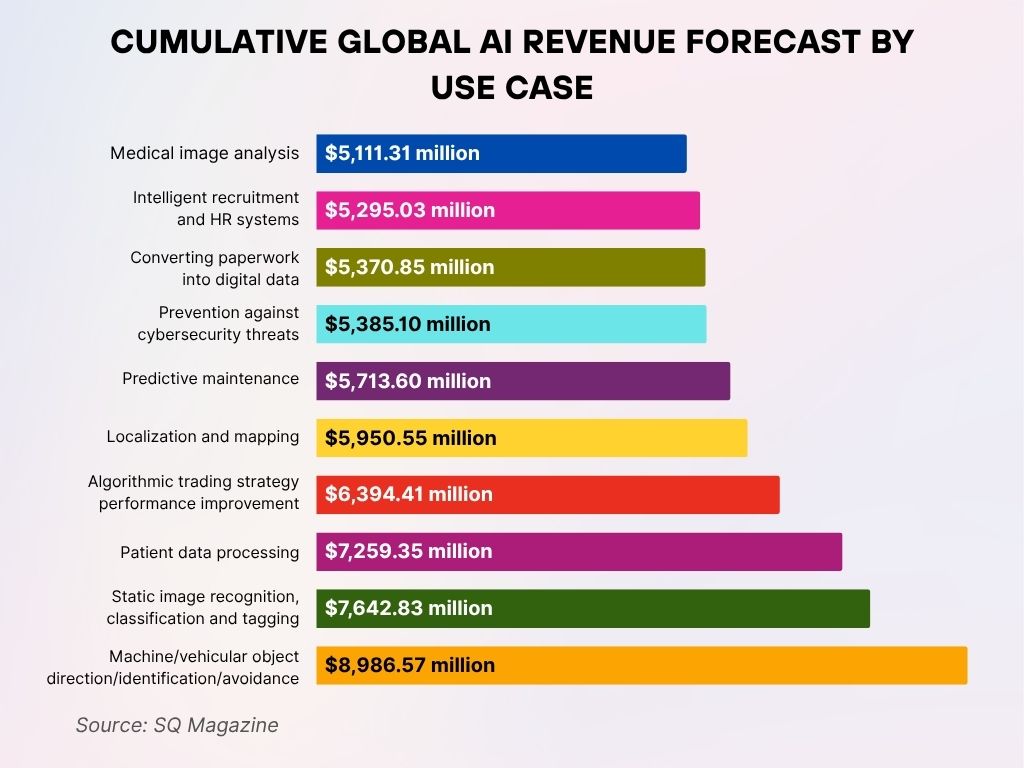
Global Adoption Rates of AI Technologies
- 61% of businesses worldwide reported actively using AI applications in operations.
- The Asia-Pacific region leads with 67% adoption of AI technologies in 2025, driven by aggressive innovation in China and South Korea.
- 87% of Fortune 500 companies utilize machine learning for process automation, marketing optimization, or logistics.
- 43% of small and medium-sized enterprises (SMEs) across Europe adopted AI tools.
- In Latin America, AI implementation grew by 31% year-over-year, with fintech and e-commerce driving most investments.
- 55% of global CIOs say AI integration is their top digital transformation priority in 2025.
- The retail sector in the US now attributes $87 billion in value directly to AI-driven demand forecasting and personalization.
AI Deployment Across Business Sizes
- 91% of large enterprises (10,000+ employees) report active AI deployment, with most using multi-model AI systems.
- 68% of mid-sized businesses (100-999 employees) now rely on AI-driven analytics in decision-making processes.
- Among small businesses (less than 100 employees), 42% adopted AI tools.
- 56% of new AI adoption among startups in 2025 is in customer experience automation, such as support or onboarding.
- The average number of AI tools used by a large enterprise in 2025 is 12, compared to just 5 in 2022.
- 78% of companies that deploy AI in 3+ departments report higher cross-functional efficiency.
- Only 9% of businesses reported full-scale AI deployment in 2020, compared to 47% in 2025, a 5x increase.
- Among funded startups in the US, 83% listed AI as core IP, up from 68% the previous year.
- 45% of SMBs investing in AI cite customer data analytics as the primary use case.
- 32% of global SMBs use AI-driven inventory management, helping to reduce waste and increase fulfillment rates.
AI Usage Frequency by Age Group and Tool Type
- Virtual Assistants are used daily by 30% of users aged 18–25, while 30% of users aged 61+ have never used them, highlighting a clear generational gap.
- Voice Recognition Software sees 20% daily use among 18–25, but 40% of users 61+ have never tried it, showing lower adoption in older age groups.
- Wearable Fitness Devices are used daily by 20% of users aged 26–40, but are never used by 42% of those aged 61+, the highest non-use rate in this category.
- Algorithmic Recommendations (e.g., Spotify, YouTube) are most popular with 18–25-year-olds (32% daily use), while 30% of those 61+ have never used them.
- Spam Filters in Email are the most universally adopted AI tool, with over 40% daily use across all age groups, and less than 10% non-use, especially common among users aged 41–60 and 61+.
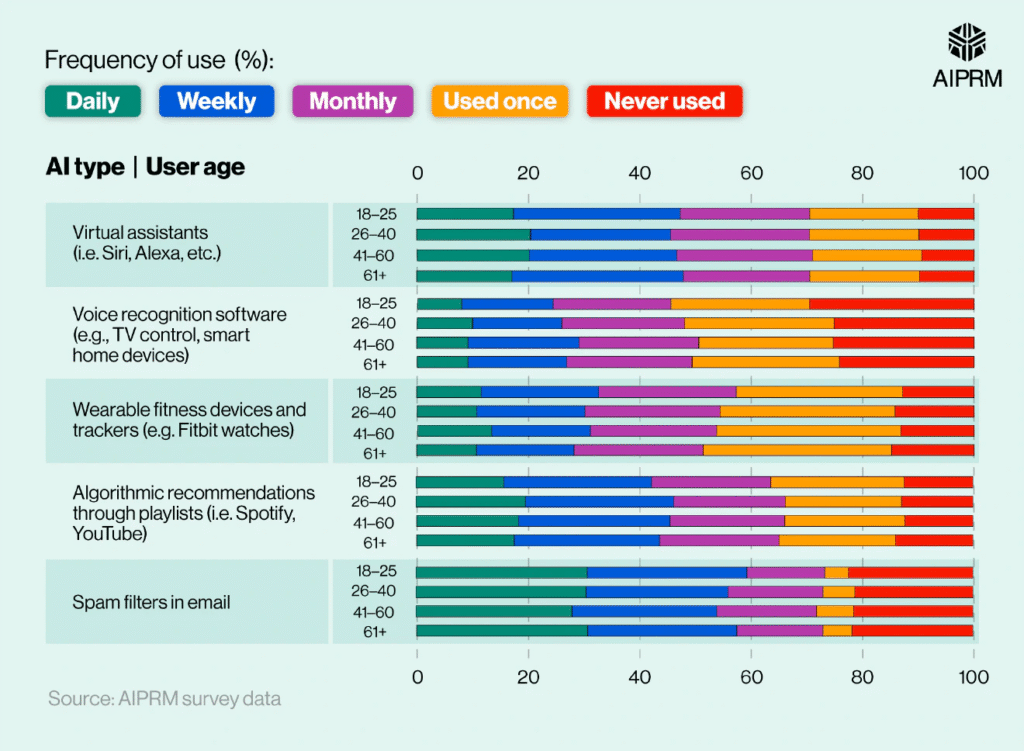
Consumer Interaction with AI Tools
- In 2025, 86% of consumers worldwide reported using at least one AI-powered service in the past month.
- 61% of US adults regularly interact with AI voice assistants like Alexa, Siri, or Google Assistant.
- 54% of online shoppers engage with AI-driven product recommendations, influencing over 30% of e-commerce revenue.
- 38% of users trust AI-generated content on blogs and product pages as much as human-written material.
- 47% of Gen Z consumers use AI chatbots for everyday queries, from banking to booking travel.
- In 2025, 29% of consumers aged 50+ report using health-related AI apps.
- 71% of consumers say AI-generated playlists better match their music preferences than manually curated ones.
- 25% of households globally use AI for smart home automation, from energy-saving routines to security systems.
- 58% of users prefer AI-assisted customer support over waiting for a live agent.
- Only 11% of consumers report being aware when content or responses are AI-generated, highlighting increasing AI realism.
AI Integration in Daily Digital Products
- 82% of top-tier mobile apps launched in 2025 include at least one AI-enabled feature, such as personalization or voice-to-text.
- 72% of digital advertising platforms use AI algorithms to optimize bidding and targeting in real time.
- Email platforms like Gmail and Outlook now use AI-assisted drafting tools, utilized by 53% of users weekly.
- 64% of smart TVs leverage AI-based content recommendation engines to enhance the viewer experience.
- 51% of photo editing apps include AI filters or enhancement tools, making advanced editing accessible to non-professionals.
- 59% of mobile banking apps in 2025 offer AI-powered financial insights, budgeting, and fraud detection.
- 34% of wearable device users rely on AI-driven health insights, including heart rate prediction and sleep tracking.
- 44% of dating app matches are now suggested using AI pattern analysis based on user behavior and conversation trends.
- 68% of mobile users receive AI-personalized news feeds, adjusted in real time for engagement optimization.
- 75% of video conferencing platforms embed AI captioning and noise reduction features, improving accessibility and clarity.
AI Adoption by Industry
- Telecom & Communication Service Providers lead the chart with 65% AI adoption, showcasing the sector’s push toward automation and enhanced connectivity.
- Banking & Insurance follows closely at 63%, reflecting the industry’s strong focus on AI for fraud detection, risk analysis, and customer service.
- 60% of Oil and Gas companies have implemented AI, using it to optimize operations, safety, and predictive maintenance.
- Retail & Consumer Product Goods show 54% AI adoption, driven by personalized marketing, inventory management, and customer behavior analysis.
- The Media & Entertainment industry reports 53% adoption, leveraging AI for content recommendation, editing, and audience analytics.
- 51% of Healthcare & Life Sciences firms are using AI, especially for diagnostics, drug discovery, and operational efficiencies.
- Manufacturing & Hi-Tech industries register 49% adoption, focusing on robotics, quality control, and predictive maintenance.
- 48% of Travel, Hospitality & Transportation companies use AI, particularly in logistics, customer experience, and demand forecasting.
- The Public Sector has the lowest AI adoption at 34%, reflecting slower digital transformation in government services.
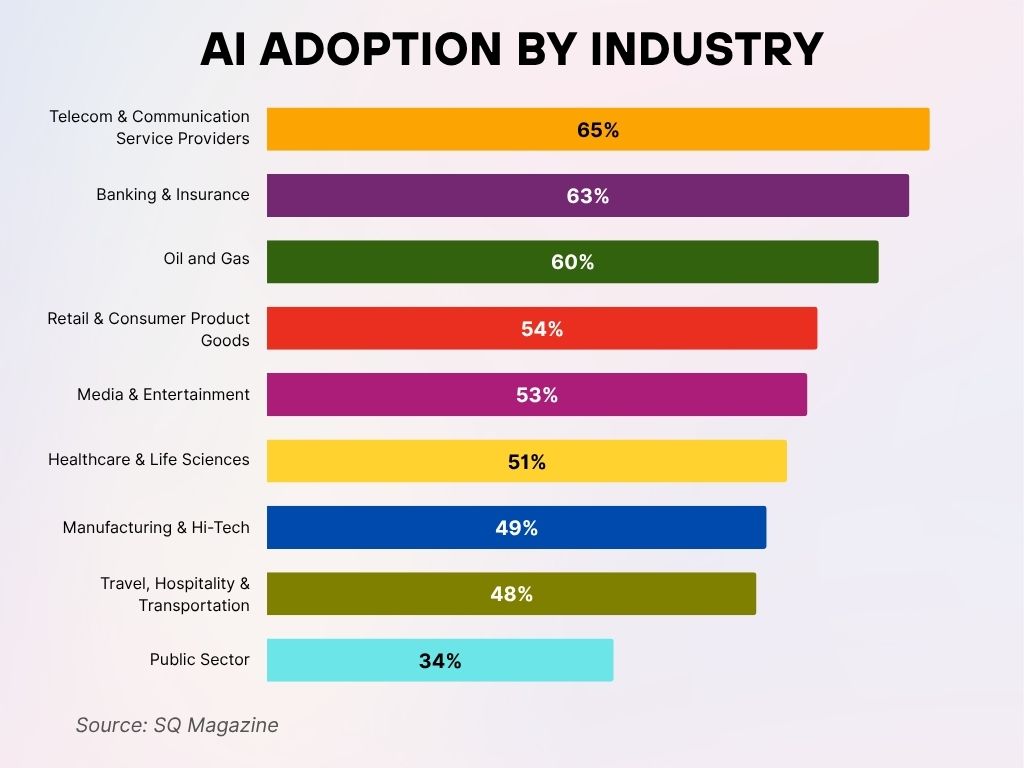
Investment Trends in AI Solutions
- Global AI investment reached $394 billion in 2025, marking a 28% YoY increase.
- Venture capital funding in AI startups alone exceeded $128 billion, with a focus on generative and healthcare AI.
- In the US, AI R&D spending by corporations topped $92 billion, led by tech giants and healthcare conglomerates.
- 47% of enterprise CIOs plan to increase their AI budget by at least 20% over the next fiscal year.
- The average cost of integrating enterprise-grade AI systems in 2025 is $3.8 million.
- 52% of private equity firms include AI-readiness as a key factor in acquisition decisions.
- Government funding for AI innovation in the EU reached €19.6 billion, largely focused on AI safety and infrastructure.
- 29% of AI investment globally goes toward generative AI platforms, now seen as central to competitive advantage.
- 63% of companies surveyed in 2025 reported positive ROI from their AI initiatives within 12 months.
- The AI-as-a-Service (AIaaS) market alone is expected to reach $68 billion in 2025, up from $51 billion the prior year.
AI Use Cases in Healthcare, Finance, and Retail
- In healthcare, 48% of hospitals in developed nations use AI diagnostics to assist radiologists and pathologists.
- 65% of pharmaceutical companies apply AI modeling to drug discovery, cutting time-to-trial by 32% on average.
- 34% of mental health platforms in 2025 use AI chatbots for initial screening and triage services.
- In finance, 81% of banks deploy AI risk engines for credit scoring, fraud detection, and investment forecasting.
- 58% of insurance companies automate claim processing using AI document analysis tools.
- 41% of wealth management firms offer AI-driven robo-advisors, managing an estimated $2.7 trillion in assets.
- In retail, 72% of top e-commerce sites use AI personalization engines for dynamic pricing and targeted promotions.
- 36% of physical retail stores integrate AI-powered surveillance systems for theft prevention and foot traffic analysis.
- 59% of customer support interactions in online retail are handled by AI agents as of 2025.
- 26% of grocery retailers use AI to forecast stock demand, reducing food waste by over 18% on average.
Top 5 Uses for Generative AI
- 76% of users utilize Generative AI for Basic Content Creation, making it the top application for productivity and automation.
- An equal 76% use it to Write Copy, reflecting its widespread role in marketing, blogging, and business communications.
- 71% leverage it to Inspire Creative Thinking, showcasing AI’s growing role in brainstorming and ideation processes.
- 63% turn to Generative AI to Analyze Market Data, aiding in insights, trends, and strategic planning.
- 62% use it to Generate Asset Images, pointing to its rising importance in visual content production and design workflows.
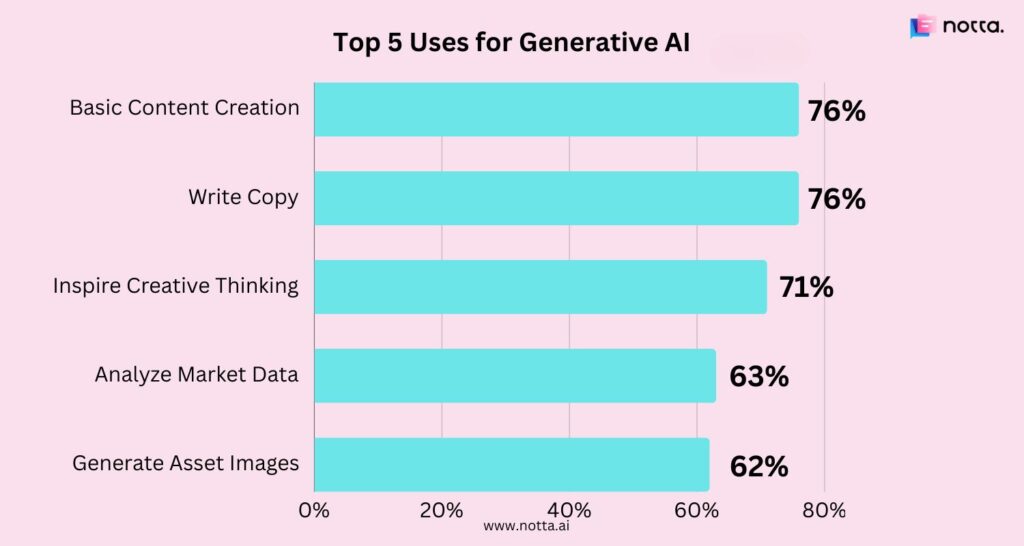
Public Perception and Trust in AI
- In 2025, 61% of global citizens express cautious optimism about AI’s societal impact.
- 46% of US adults say they trust AI recommendations in areas like finance and health, yet only 28% feel fully informed on how AI works.
- 34% of surveyed consumers are concerned about AI bias, especially in hiring and legal use cases.
- 55% of Gen Z users believe AI is a net positive, viewing it as a creative and productivity-enhancing tool.
- 48% of workers say they’re more comfortable using AI at work now than a year ago due to transparency improvements in AI tools.
- 62% of respondents in Europe support stronger AI ethics regulations, even at the cost of slower innovation.
- 31% of people say they can spot AI-generated content, though 43% admitted being “fooled” by at least one deepfake video in the past year.
- Only 17% of respondents globally say they have complete trust in AI governance, underscoring the need for clearer frameworks.
- 26% of respondents say AI makes them feel anxious, particularly in the context of surveillance or job displacement.
- Trust is highest in healthcare and e-commerce, while AI in politics and law enforcement draws the most skepticism.
Regional Variations in AI Implementation
- North America leads in enterprise AI deployment, with 72% of firms using AI tools for core operations in 2025.
- In Asia-Pacific, 67% of organizations use AI, driven by strong national AI strategies in China, India, and South Korea.
- Europe shows 59% adoption, with GDPR-compliant AI systems becoming the regional standard.
- The Middle East saw a 42% increase in AI investments, especially in smart city development and public infrastructure.
- In Africa, AI adoption is at 28%, but targeted initiatives in agriculture and healthcare are accelerating momentum.
- Latin America reports 38% usage, with the retail and fintech sectors leading the charge.
- Japan is advancing in robotic AI integration, with 29% of manufacturing using autonomous systems in 2025.
- In Canada, government-backed programs helped raise AI usage among SMEs to 44%.
- Germany and the Nordics are pushing for “explainable AI” standards, adopted by 54% of businesses regionally.
- Brazil is seeing rapid growth in AI banking solutions, now used by 61% of digital financial institutions.
Most Popular Generative AI Tools by User Adoption
- ChatGPT tops the list with 55% of users actively using it, making it the most widely adopted generative AI tool.
- Copy.ai holds second place with 42% user adoption, favored for content and marketing automation.
- Jasper.ai is used by 36% of respondents, valued for its writing and business content capabilities.
- Peppertype.ai is chosen by 29%, primarily among users seeking fast content generation tools.
- Lensa, known for AI-generated avatars and visual content, is used by 28% of users.
- DALL-E, a popular AI image generator, is actively used by 25% of users.
- MidJourney, another leading image-generation tool, is close behind with 24% user adoption.
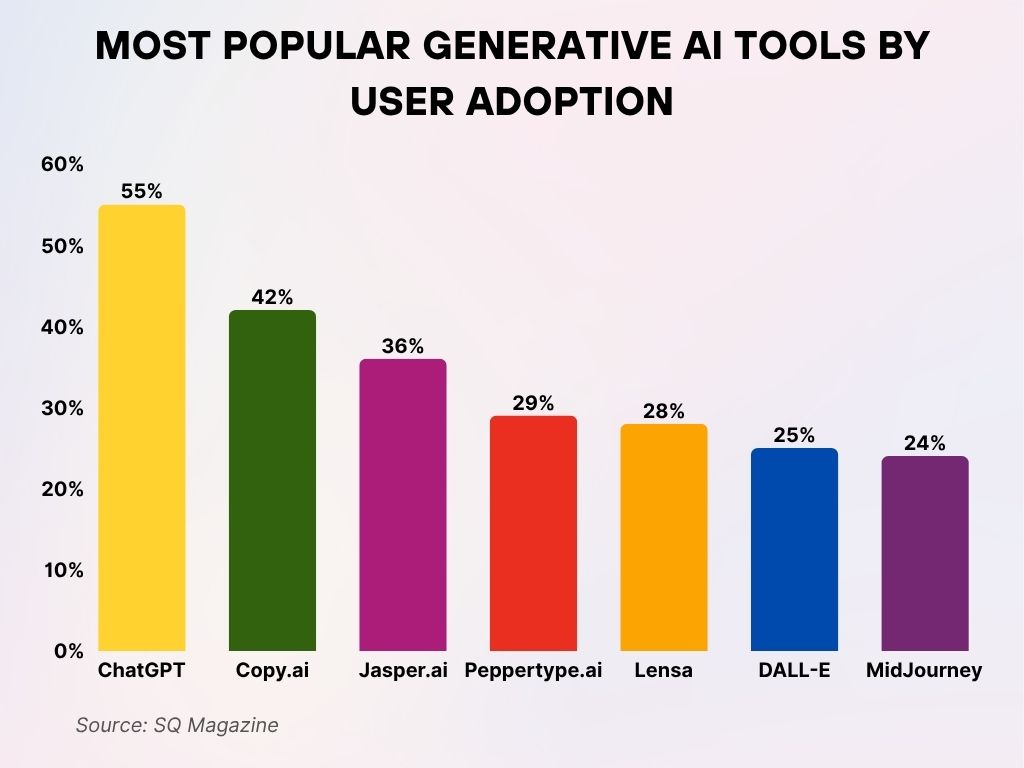
AI Usage in Education and Research
- 35% of US K–12 schools use AI-powered adaptive learning tools to personalize student instruction in 2025.
- 59% of universities worldwide integrate AI in course planning, student engagement, or administrative automation.
- 68% of students in higher ed use AI study tools like summarizers, flashcard generators, and language models weekly.
- 21% of academic papers in computer science cite the use of AI tools in research methodology.
- 74% of EdTech platforms launched in 2025 include AI-driven features as standard.
- 42% of teachers globally say AI grading tools help reduce administrative workload by over 30%.
- In developing countries, AI tutoring apps are helping 14 million students bridge learning gaps post-pandemic.
- 61% of STEM researchers report using AI models to run simulations or analyze large datasets in real time.
- AI is now being used to predict student dropout risks, with 82% accuracy, enabling early interventions.
- 29% of adult learners use AI-powered platforms for skill development, especially in coding and business courses.
Regulatory Developments Affecting AI Use
- In 2025, over 37 countries have enacted national AI legislation, with varying scopes and definitions.
- The EU AI Act is now enforced, classifying AI systems by risk and banning high-risk applications like social scoring.
- The US AI Bill of Rights remains voluntary but influences corporate AI governance frameworks, especially around transparency.
- 72% of AI firms globally have internal compliance teams to monitor ethical and legal standards.
- India’s AI policy emphasizes open-source access and citizen data protection, affecting 47% of domestic AI startups.
- China tightened rules on deepfake and synthetic media, requiring all content to be clearly labeled.
- Canada’s AI and Data Act mandates that AI systems impacting public life undergo bias and safety audits.
- Brazil passed its own AI Accountability Law, aiming to reduce algorithmic discrimination in public services.
- 53% of businesses say regulatory uncertainty has delayed at least one AI deployment project.
- Global cooperation is increasing: OECD AI Principles are referenced in 62% of new national AI policies.
AI Tools Most Used by Students
- ChatGPT is the dominant AI tool among students, with 52.2% usage, highlighting its popularity for writing, studying, and coding help.
- MidJourney, Grammarly, and other tools collectively make up 25.2%, showing a diverse range of creative and writing aids being used.
- DALL·E 2, used by 10.7% of students, is a favorite for generating visual content like artwork and study visuals.
- Microsoft Copilot sees adoption by 6.9%, likely for tasks within Microsoft Office and coding environments.
- Google Gemini is used by just 5%, reflecting its relatively lower visibility or adoption among the student demographic.
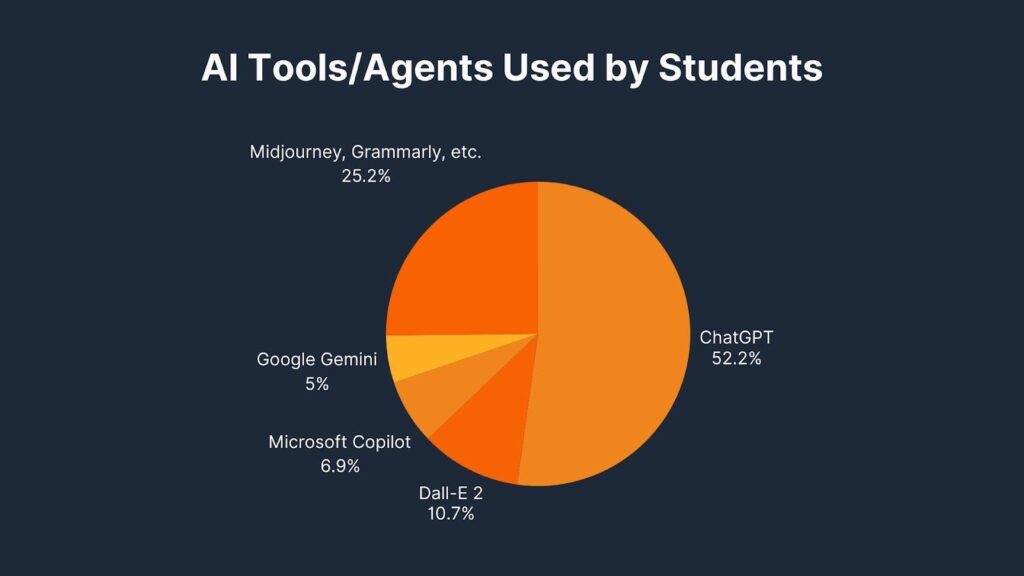
Recent Developments in AI Usage
- In early 2025, multi-modal AI adoption surged, with 49% of companies using tools that process text, images, and audio.
- Generative video AI tools are now used by 28% of marketing teams to create short-form branded content.
- AI copilots for professionals (e.g., legal, coding, writing) are integrated into 67% of enterprise software tools.
- Open-source AI frameworks like LLaMA and Mistral are powering 22% of new AI apps launched this year.
- AI-powered meeting assistants now transcribe, summarize, and action task items for 31% of remote teams.
- Quantum-AI research funding jumped by 41%, with applications in materials science and cryptography.
- AI is now embedded into smart prosthetics, allowing real-time motion adjustments for 12,000+ patients.
- Emotion recognition AI saw real-world deployment in call centers, raising concerns about privacy and fairness.
- 41% of mobile apps updated in 2025 now include AI-enhanced features, from translation to scheduling.
- A new class of “agentic AI” tools, capable of decision-making over time, are in testing phases at 23% of major AI labs.
Conclusion
The rise of AI in 2025 is less about the hype and more about impact. It’s in our apps, businesses, hospitals, schools, and even regulatory frameworks. What once felt speculative is now strategic. But as usage deepens, so does the need for better understanding, smarter investments, and stronger ethical oversight.
From startups building AI into their DNA to governments racing to regulate it, AI isn’t just part of the future; it’s shaping the present.




